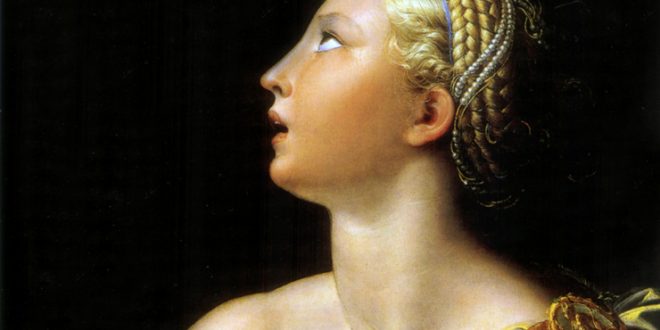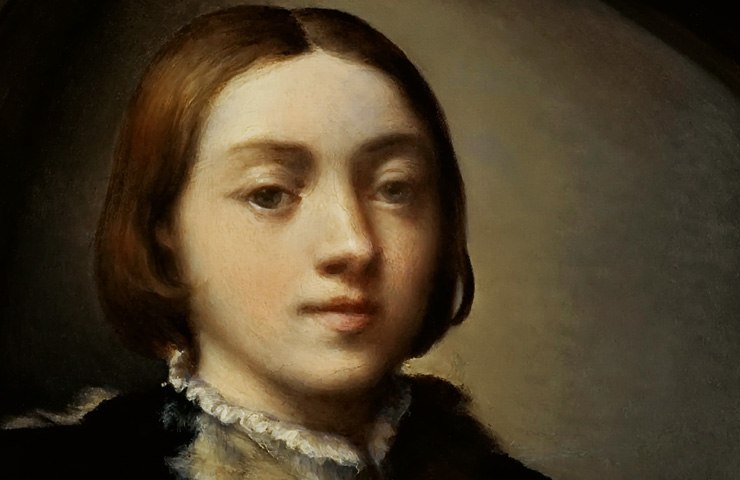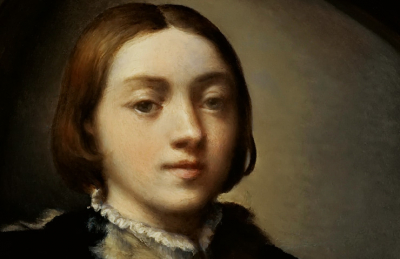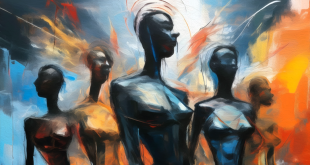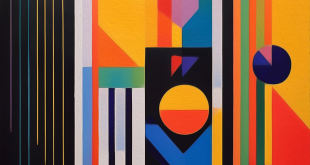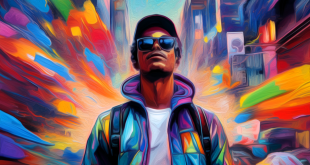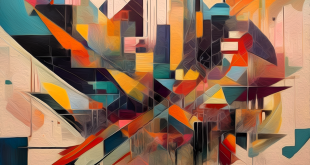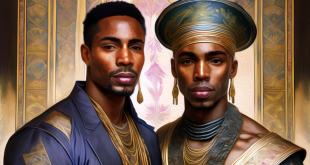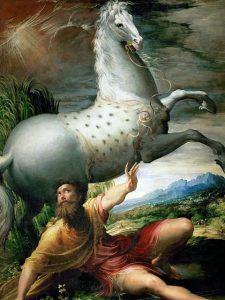 Where present fades into eternity and unreal timeless dimension
Where present fades into eternity and unreal timeless dimension
Following in the footsteps of Parmigianino, we propose you to get to know him through the places that preserve the memory of the creative fruits of this painter, born in Parma in 1503. Your itinerary begins outside the city, in the Castle of Fontanellato, in which he frescoed the bedroom of representation of the feudal lord’s wife. Back in the city, you can enter the Church of San Giovanni Evangelista, where you can admire its two putti that are located in the high corners of the plume. Arriving at the Chiesa Della Steccata, you will find the time that this artist created in a few months. Palazzo Della Pilotta and its National Gallery https://pilotta.beniculturali.it/opera/schiava-turca/, await you with one of the masterpieces by Parmigianino, The Turkish slave.
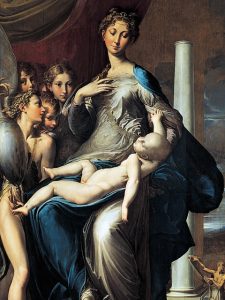 One of his fragmentary fresco of 1524, Madonna and Child, is in Parma in the Palazzetto Eucherio Sanvitale. His long-necked Madonna awaits you in the Uffizi Gallery in Florence. Parmigianino https://expoitalyart.it/biografia-parmigianino-pittore/, real name Francesco Mazzola, was born in Parma in 1503. He began painting at a very young age, in the workshop of his uncles painters, like his father. To escape a war, he moved to Viadana, where in 1521 he painted for the church of that country. Back in Parma, he frescoed three chapels in San Giovanni Evangelista. By engaging in portraiture, he made a series of famous people, such as that of Charles V, or himself, in the self-portrait in the mirror.
One of his fragmentary fresco of 1524, Madonna and Child, is in Parma in the Palazzetto Eucherio Sanvitale. His long-necked Madonna awaits you in the Uffizi Gallery in Florence. Parmigianino https://expoitalyart.it/biografia-parmigianino-pittore/, real name Francesco Mazzola, was born in Parma in 1503. He began painting at a very young age, in the workshop of his uncles painters, like his father. To escape a war, he moved to Viadana, where in 1521 he painted for the church of that country. Back in Parma, he frescoed three chapels in San Giovanni Evangelista. By engaging in portraiture, he made a series of famous people, such as that of Charles V, or himself, in the self-portrait in the mirror.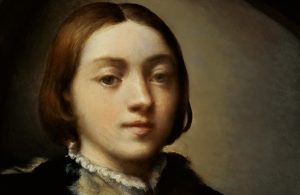
In Bardi, the church of Santa Maria Addolorata retains its altarpiece. As Leonardo used to do, his subjects also ranged from sacred to mythological. He was also a great designer, with a skilful flair and a happy creative streak. Parmigianino https://www.britannica.com/biography/Parmigianino arrived in Rome in 1524, knowing the art of Michelangelo and Raphael there. Stimulated by that artistic environment, I create very personal portraits with oval and elongated shapes, permeated by cold and iridescent tones of color. Having fled the city sacked by Lanzichenecchi, in Bologna he dedicated himself to altarpieces for churches and paintings for private individuals with mannerist outcomes.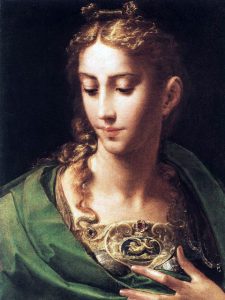
One of his magnificent cherubs from 1522 awaits you in Parma, in the dome of San Giovanni Evangelista. Pursuing the alchemical dream of transforming mercury into gold, lacking artistic concentration, Parmigianino https://www.virtualuffizi.com/discovering-the-uffizi-gallery%3A-room-74%2C-dedicated-to-parmigianino.html does not comply with the realization of the agreed frescoes, thus being imprisoned for default. Escaped from prison, he moved to Casalmaggiore, creating splendid works woven into formal abstraction and iconographic complexity. He died in 1540, asking for burial in the church of the friars of the Servi, in Casalmaggiore, along the Po.
To broaden your horizon of knowledge about other painters, you can type http://meetingbenches.com/category/paintings/. The sole purpose of this site is to spread the knowledge of these artists and that other people enjoy their works. The property of the images that appear in this blog correspond to their authors.
 Meeting Benches World art in all forms
Meeting Benches World art in all forms
